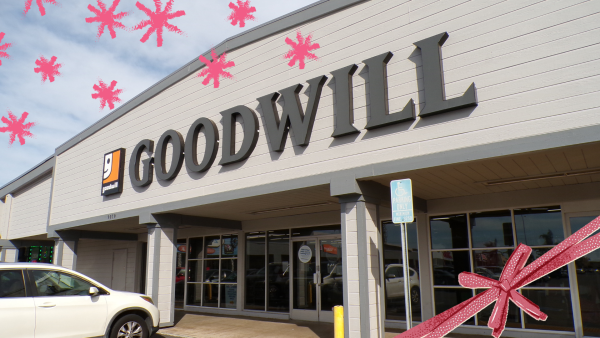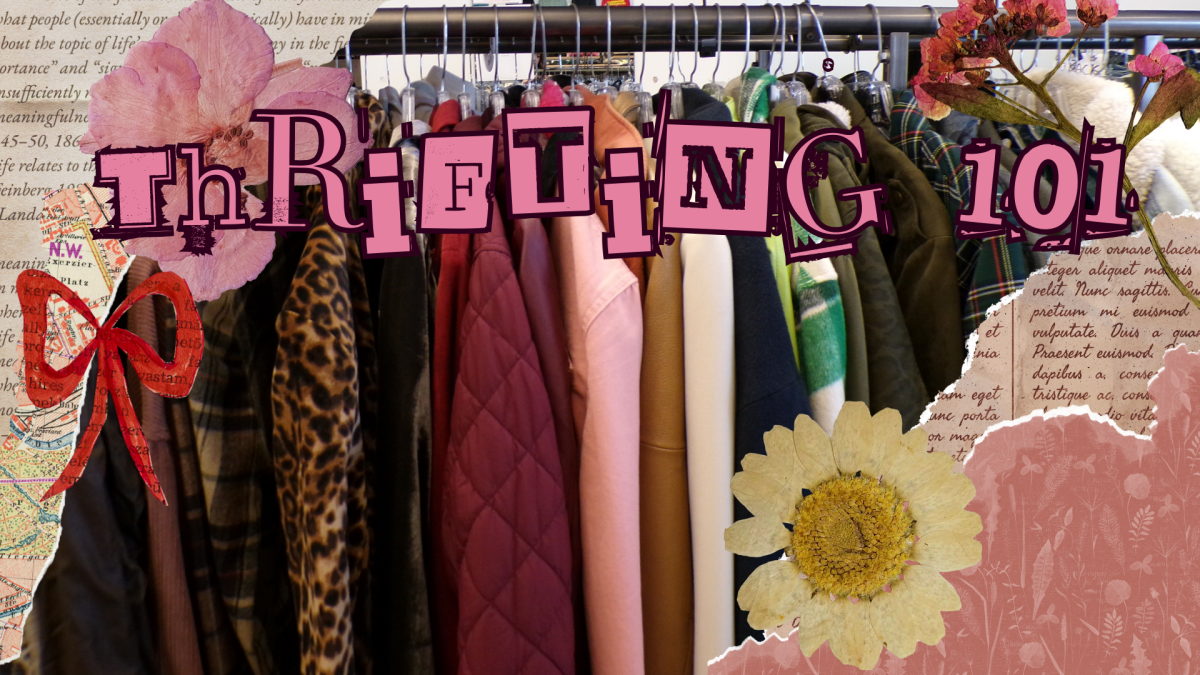As retail prices skyrocket, and vintage styles continuously become more popular, many people are saving money by thrifting clothes. From second-hand boutiques to mass thrift stores like Goodwill or Savers, vintage shopping is all the rage.
What is thrifting?
Thrifting, by definition, is the act of buying previously owned items, mainly from thrift stores, but also from places like garage sales and flea markets. These items are usually gently used and sold at a very discounted price. Commonly, these articles of clothing and accessories are donated by individual people, but large organizations and companies can donate clothing, too.
Madelynne Nguyen, a student at Huntington Beach High School, said, “It’s comparable to a treasure hunt, it’s a fun experience to look through the racks. I love it for the clothes and for the challenge.”
Environmentally Friendly Shopping
Whether people thrift shop for the aesthetic or its positive earth impacts, secondhand seems to be how the majority of people like to shop. The act of donating clothes for the possible use of others helps reduce overall waste. Toxic dyes and chemicals used in the mass production of clothes are reduced, therefore giving clothes multiple lives and more overall use. Carbon emissions are reduced, the amount of clothing going into landfills is lessened, and the use of shipping and packaging materials is eliminated.
Bella Rodriguez, a student at Millikan High School, said, “Thrift shopping is much more of a bargain and more justifiable. It feels good to get new clothes in a way better for the environment.“

Giving Back
Not only does thrift shopping ease negative impact on the environment, but it can also help local communities. Goodwill, a popular chain thrift store, also acts as a nonprofit organization. Goodwill Orange County donates 82 cents of every dollar to local communities, including the Tierney Center for Veteran Services. Goodwill also decided to create the Assistive Technology Exchange Center, an organization specifically designed to help individuals with disabilities.
Tips and Tricks
Many times, thrift stores are located in large warehouses with what seems like endless racks of clothing which can be overwhelming to the untrained eye. When second-hand shopping, the best thing to do is to be patient. The best pieces are found in small corners of the store, so being thorough and continuously searching is important. Sizing can sometimes be a struggle as well, due to the fact that many brands can have the same printed size but fit very differently. If this seems like a common issue, wearing tight-fitting clothes while shopping can be beneficial, as things like T-shirts and jackets can be tried on over your outfit in order to determine if the garment fits.

Thrift stores are known to be very affordable, but after buying multiple pieces, the price can add up quickly. Commonly, thrift stores have different promotions and half-off deals on certain color tags. Tag colors can mean big bargains, so by shopping meticulously the amount of money spent can go down substantially.
Sarah Thaut, student at Millikan High School, states, “Personally, I like thrift shopping much more because I can find one-of-a-kind pieces for a much better price.”
Thrift shopping is a perfect way to get unique pieces while also being a part of local communities. Rather than spending insane amounts of money on non-sustainably made clothes, secondhand shops offer beautifully unique items deserving a new home. Happy Thrifting!








